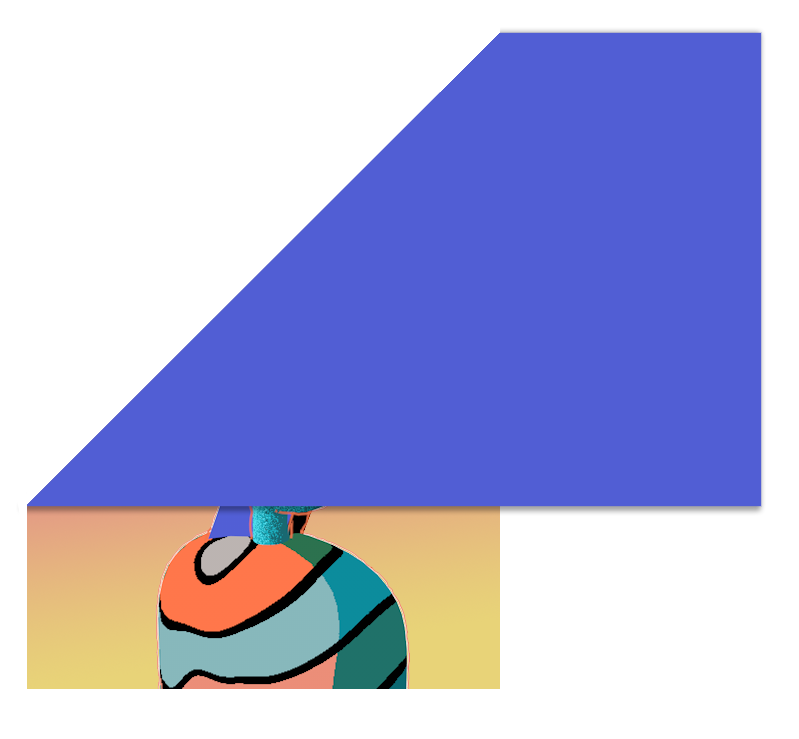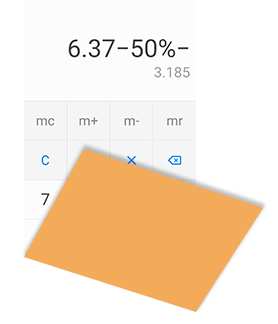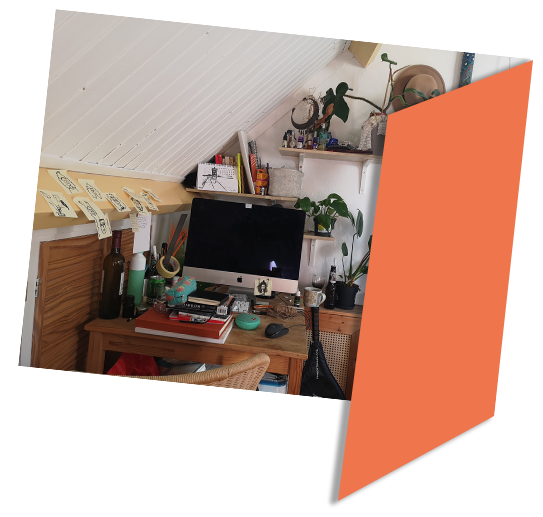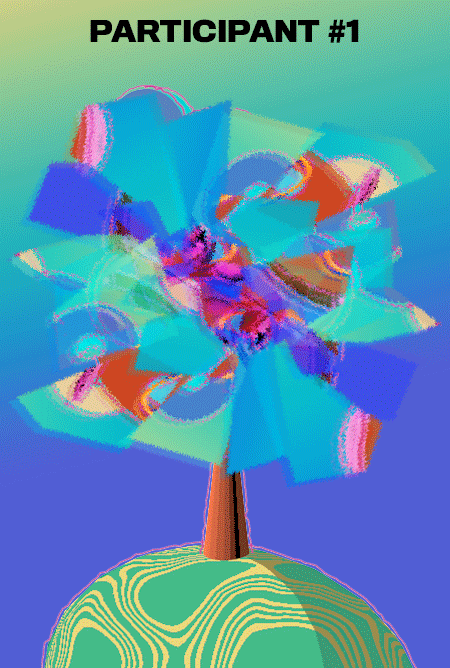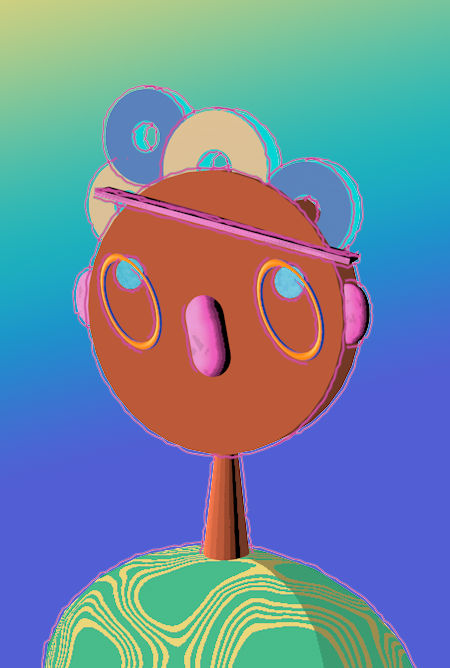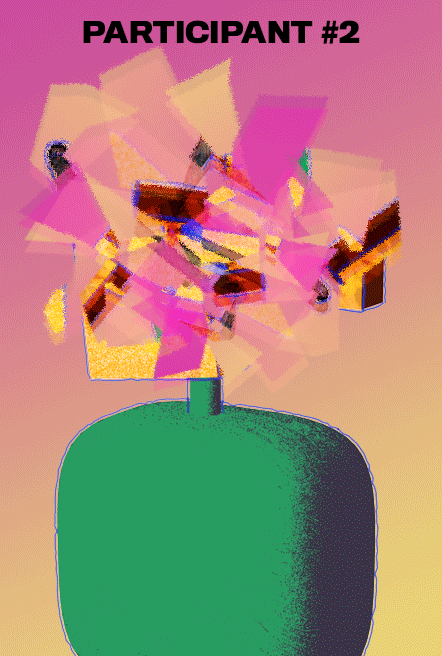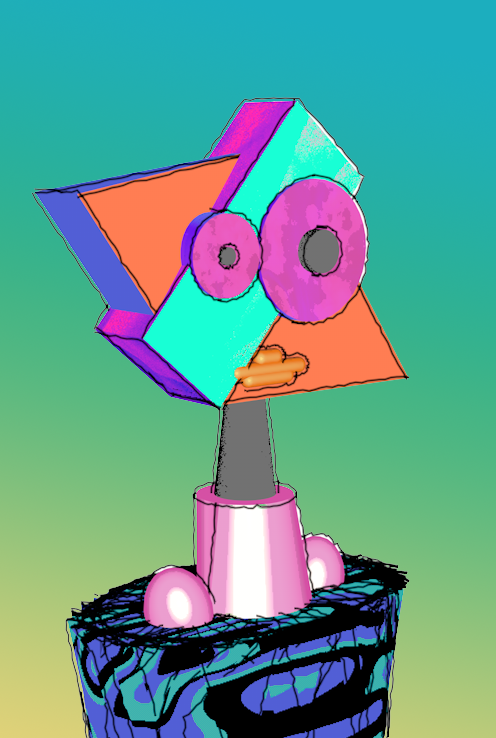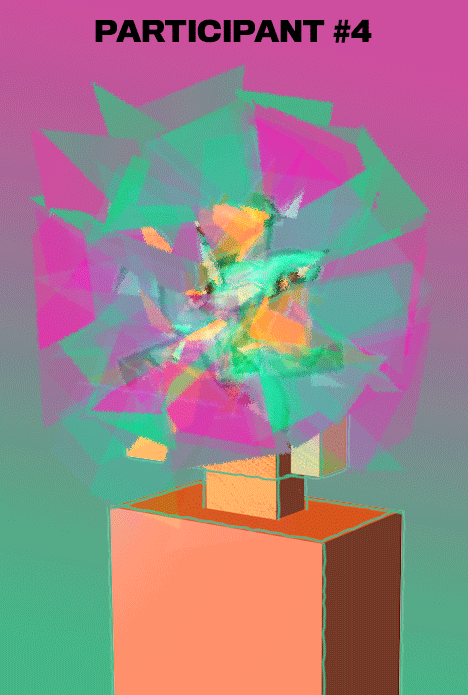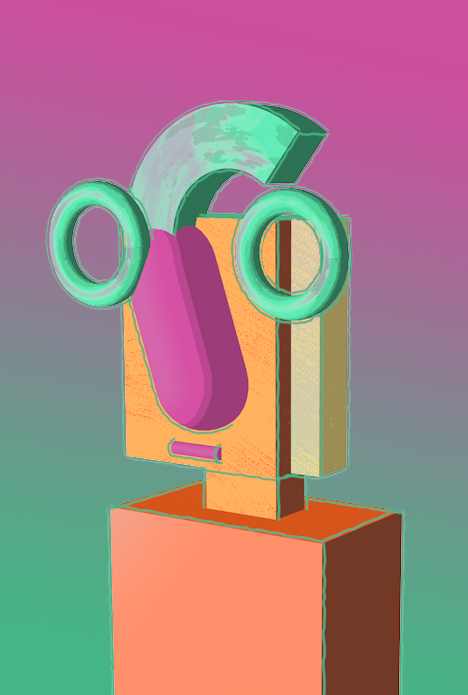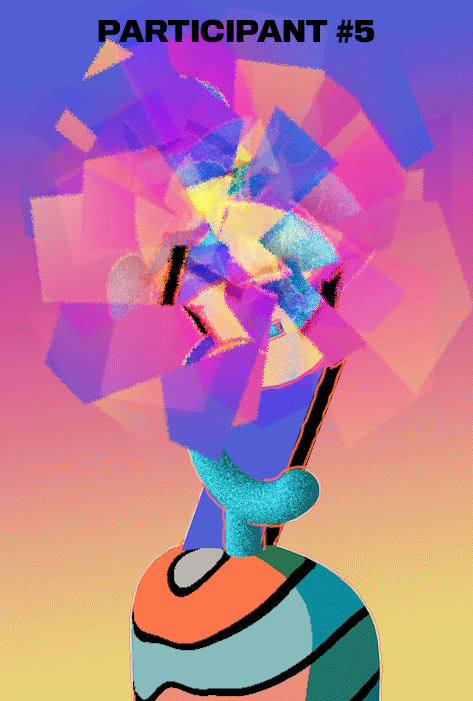Getting to truly know a new person online step-by-step is difficult, maybe even impossible. This is a feeling that has become even more prominent in the wake of the COVID-19 crisis. We cannot construct our own impression of another’s identity before having a glimpse of how they present themselves. This question of how identity unfolds online is something Theresa Schulze and I set out to explore for the Clash Festival 2020.

Process
We started this project with some experiments. We wanted to see how complete strangers could construct the identity of another person if given limited information. So, we recruited random participants from our local community and asked them to share:
- A photo they would normally share online that was about themselves.
- A photo they would NOT normally share with someone they didn’t know.
Nowadays, constructing one’s identity online comes with crafting a “profile”. I was curious to explore how we build up these profiles. I designed some “profile pictures” of the participants to experiment with the visual direction of the final project.

These profile pictures then transformed thanks to questions like: what happens when two people interact online? When “identities” meet? Sometimes there’s this need to be understood—perhaps intentionally or unintentionally—and to promote one’s identity to someone else.

Eventually, we received responses from over 50 participants for the project. The pictures that participants would share with people online included things like trips, hanging out with friends, being in nature, memes, quotes, and pictures of home. The photos people felt less comfortable sharing dealt with very human faults or things that could be seen as “controversial”. These included things like pictures of messy apartments, not being able to mentally calculate simple math, political memes, and personal aspects of mental health.
I took my initial visual research and started playing with the idea of “unfolding” someone’s identity. This resulted in developing online profiles for each project participant using the pictures and responses that the participants shared. I wanted to guide exhibit viewers through a similar experience that the participants underwent of trying to understand someone based on limited information.


